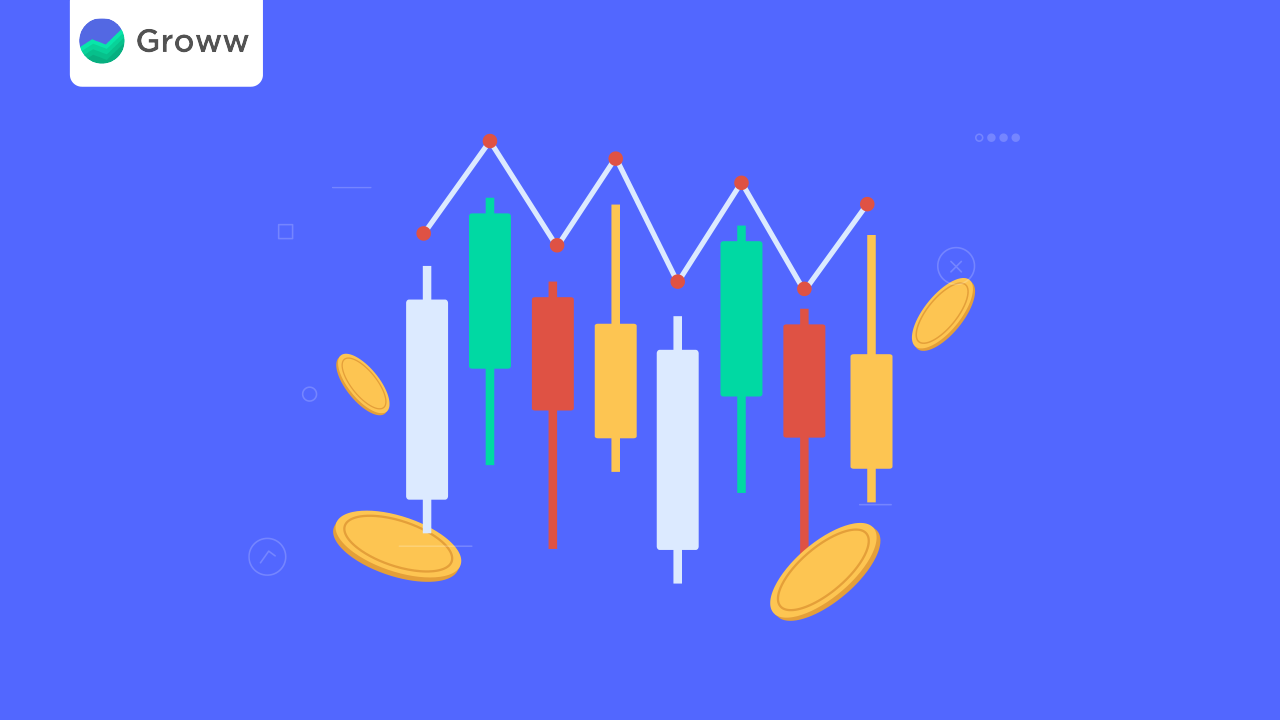Open High Open Low Strategy in Intraday

Open high low (OHL) strategy refers to an intraday trading strategy wherein a buy signal is generated when any stock or index has the exact value for open as well as low. This serves as an indication a trader must buy a stock.
Conversely, a selling signal gets generated when the value of the stock or index is identical for both open and high. This signal indicates that a trader should sell their stock.
Here is what you as a trader should know about open high open low strategy.
Features of Open High Low Strategy
-
Analysis of Long-term Stock Charts
A distinct feature of OHL strategy is that traders need to analyse long-term stock charts.
Even though this is an intraday trading method, experts recommend that individuals should avoid trading against a stock’s trend. Hence, it is crucial for traders to carry out an analysis of the daily/weekly charts to make sure that they buy or sell shares based on a stock’s trend.
-
High Risk-reward Ratio
Generally, the risk-reward ratio is high in the case of OHL strategy as traders set ‘stop loss’ near the strike price under this intraday trading method.
Usually, when the opening price of a stock is lower, traders set stop loss at a low of the opening 15-minute candlestick.
-
Usage of Scanners to Evaluate a Stock’s Trend
Traders who opt for open high low strategy can assess a stock’s trend with more precision. This enables them to make investment decisions more efficiently.
Traders can put certain stocks on their watchlists and decide when to invest in them. As a result, they are able to choose the best sector for investing their funds.
How Does Open High Low Strategy Work?
The OHL strategy can work in multiple ranges.
- When shares of a company are trading in a specific range for more than one trading session, one can view the breakout from this particular range as a conclusive point following a trading session in which the stock traded sideways.
- Secondly, traders can use this strategy in the first trading session of the day. In this case, they have to choose a stock that opens low. Following that, they may decide to enter a long position after taking a look at the index. Furthermore, individuals can check whether the trading volume of shares is rising gradually or not. After that, they may receive confirmation regarding their long call.
- The third and final range is when shares of a company are trading in a strong demand/supply zone. The demand zone refers to the price range from where the shares make a recovery. On the contrary, the supply zone indicates the price range from where the price of a stock falls due to excess supply in the market.
Things to Keep in Mind Before Opting for OHL Strategy
- Trading Volume: It is crucial for brokers to trade in shares that have high trading volume. Usually, stocks having high volume boost traders’ confidence.
- First Candle Closing Price: Individuals may consider taking a trade only if the closing price of the first candle is lower in comparison to that of the second candle.
- Risk-reward Ratio: Traders might want to make sure that the risk-reward ratio is a minimum. Experts usually consider 1:2 as optimal. When taking a long call, traders might want to keep the immediate support level as stop loss. Conversely, when entering a short position, experts recommend keeping the immediate resistance as stop loss.
- Range Breakout: Traders opting for this strategy might consider entering long or short positions following a range breakout.
How Can OHOL Strategy Determine the Type of Trading Session?
Generally, the trading volume in the market is high in the first 15 minutes, leading to more favourable trading opportunities. Such opportunities arise owing to the increased trading volume and price range expansion.
For instance, if the value is the same for open as well as low of the day, it serves as an indication that there’s excess demand in the market, which in turn leads to higher stock prices. That said, the reverse will hold true if the value is identical for open and high. In other words, there will be excess supply in the market. Accordingly, stock prices will be lower.
Intraday traders opting for the open high low strategy must give more emphasis on the opening trading session as that’s when they have high chances of maximising their returns.
Disclaimer: This blog is solely for educational purposes.